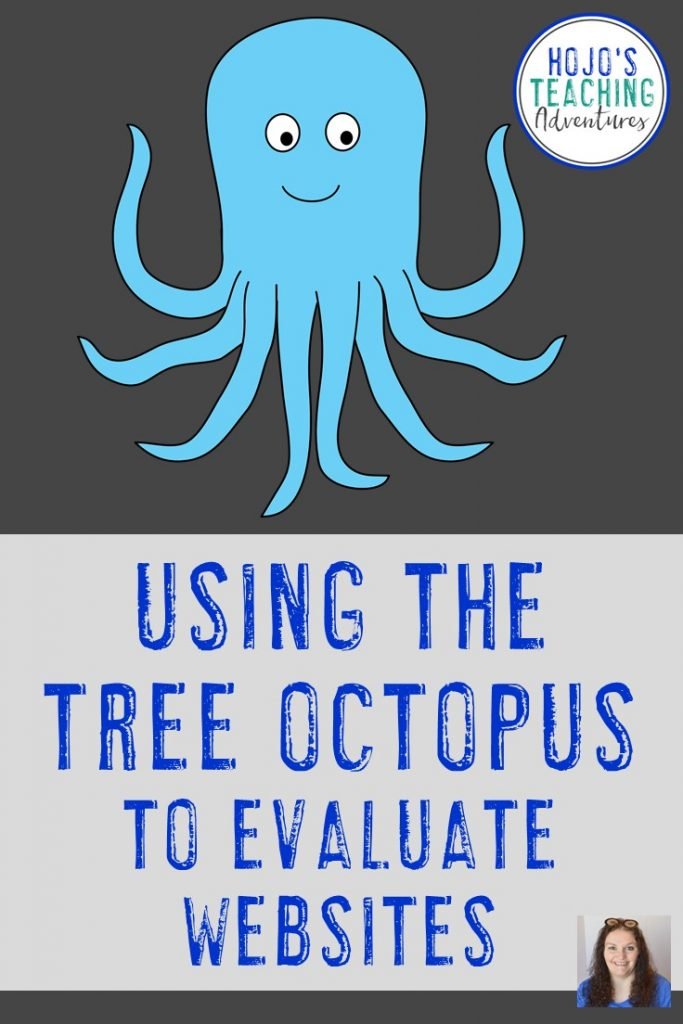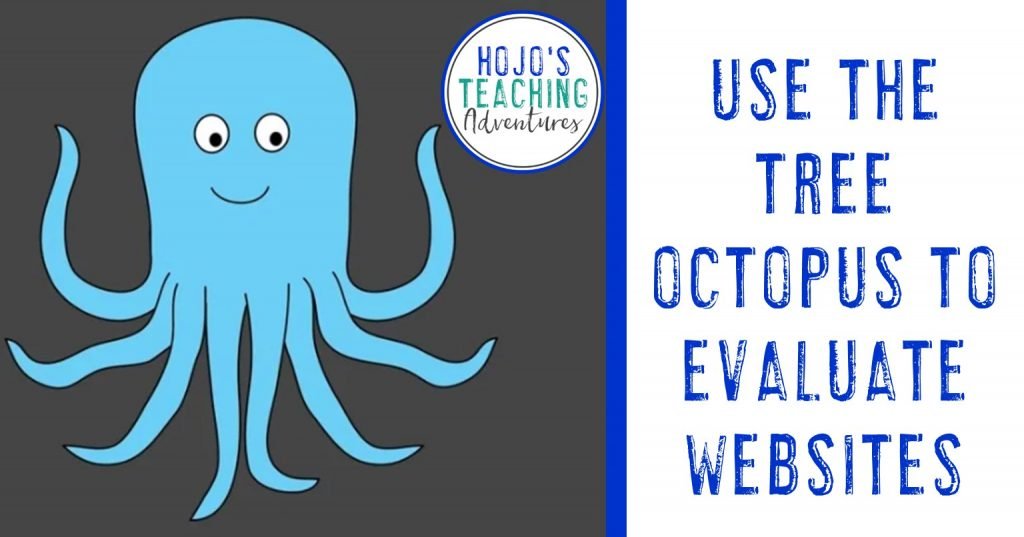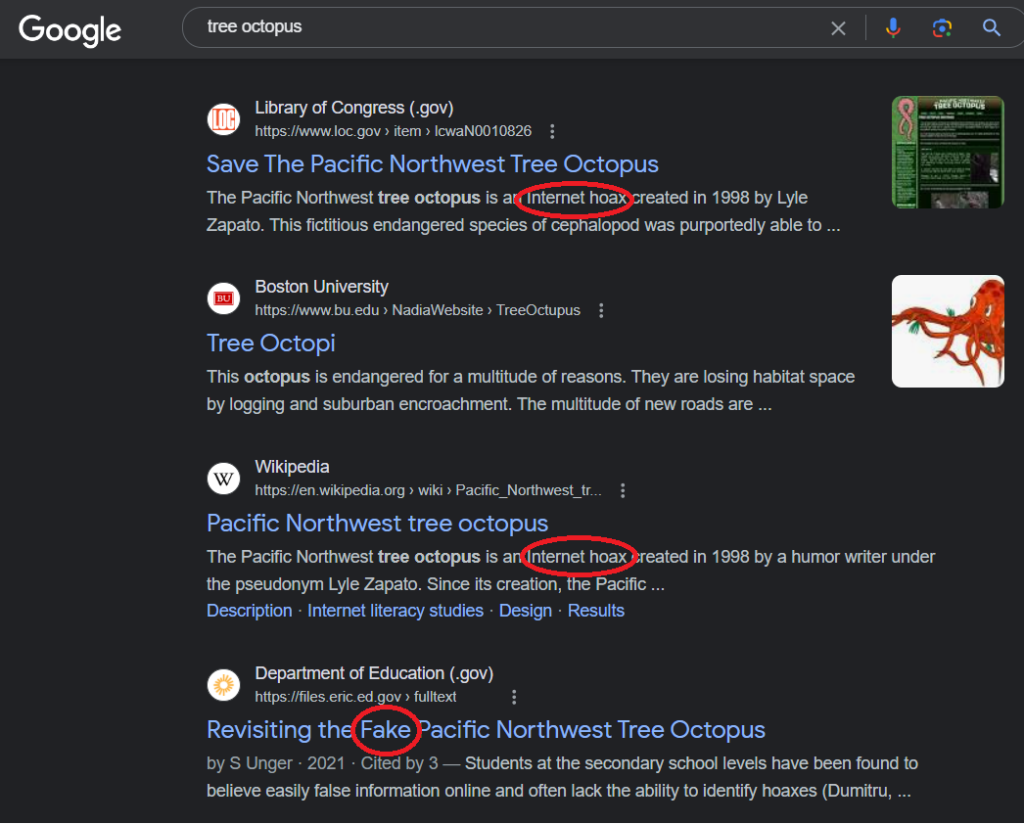Today’s students have always known the internet. They have grown up in a world where much of the information we read each day comes from online sources. With this it’s important for them to learn how to evaluate websites and decide which ones are credible. For that – try the tree octopus!
Updated October 5, 2023
Yes, yes – you’re probably thinking I’m ridiculously insane right now if you’ve never heard of this before. However, go do a quick search on the tree octopus. All sorts of sites show up! This phenomenon has been around long enough that sites show up with the word “hoax” prominently displayed. However, with a little ingenuity (or a class website) you can still set up a great lesson!
Setting up the Lesson
- Send your students to the site http://zapatopi.net/treeoctopus/
- Have them take notes about the tree octopus, and let them know they will be sharing these with the class. I recommend limiting the amount of time necessary for this. You don’t want one of them catching on to the fact this animal is fake, and you also don’t want to spend too much time on this lesson. After all, the point of the lesson is to teach them to EVALUATE websites – not honestly learn about the tree octopus.
- Have a class discussion about what they learned. In my experience, they are going to enthusiastically share what they have read because they find it so fascinating. Slowly start questioning them. Ask things like, “Have you ever heard anything like this before?” or “Do you think it’s too crazy to be true?”
- Hopefully at this point they are beginning to question what they read a bit. Guide them in the direction of realizing they should do more research. You should pull up a Google search that look something like this:
- Point out the words I’ve circled in red. Not that Google (or ANY search engine) is perfect, but the students should realize that seeing multiple words like this should at least raise question marks in their head.
- How far you go with the discussion is your call. However, I always used this as an introductory lesson for research projects and internet use. I wanted students to realize that they had to put some critical thinking skills to use when using the internet, social media, online videos, or really every day life – for that matter.
Short on time? Keep reading for a shorter lesson option!
Tired of worksheets?
Then check out this article with 15 tips to use them less or eliminate them altogether!
Another, Quicker Option
If you want a quicker lesson option, then simply pull up a couple websites with your class on your Interactive board. This way you control exactly what the students see. Get super excited. Show them how awesome and unique this is. Really build it up! Then start the discussion. Hopefully you have a few skeptics in the room.
The moral of this lesson that I always hoped my students understand is that just because they find something online does not mean it is true!
If you want to take this lesson even further, you can also try this site: The Dog Island
Looking for more ways to help your students think critically? Puzzles are a great hands-on learning option! Click here to see the various math, literacy, and editable puzzle options. Buy one, grab a freebie, OR check out the bundles that are up to 90% off!





Leave a Reply